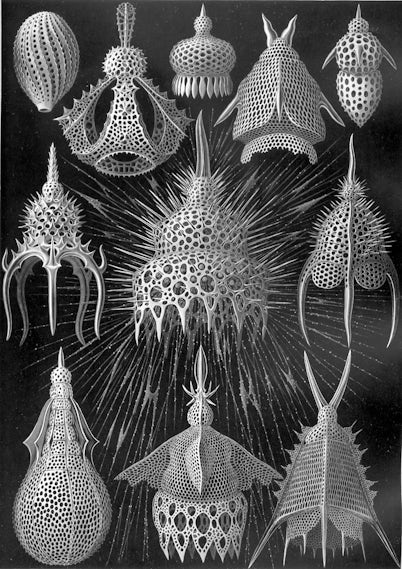Although humans have long looked to nature for inspiration, the concept of biomimicry has only been around since the middle of the 20th century. Decades before Otto Schmitt coined the term, Rene Binet’s Esquisses Décoratives (1904) predicts speculative designs that prefigure many of the forms we see today. This largely forgotten anthology of illustrations, viewable in full here, also augurs biomimicry in several drawings based on biological and morphological illustrations of Ernst Haeckel’s better-known ‘Forms in Nature.’
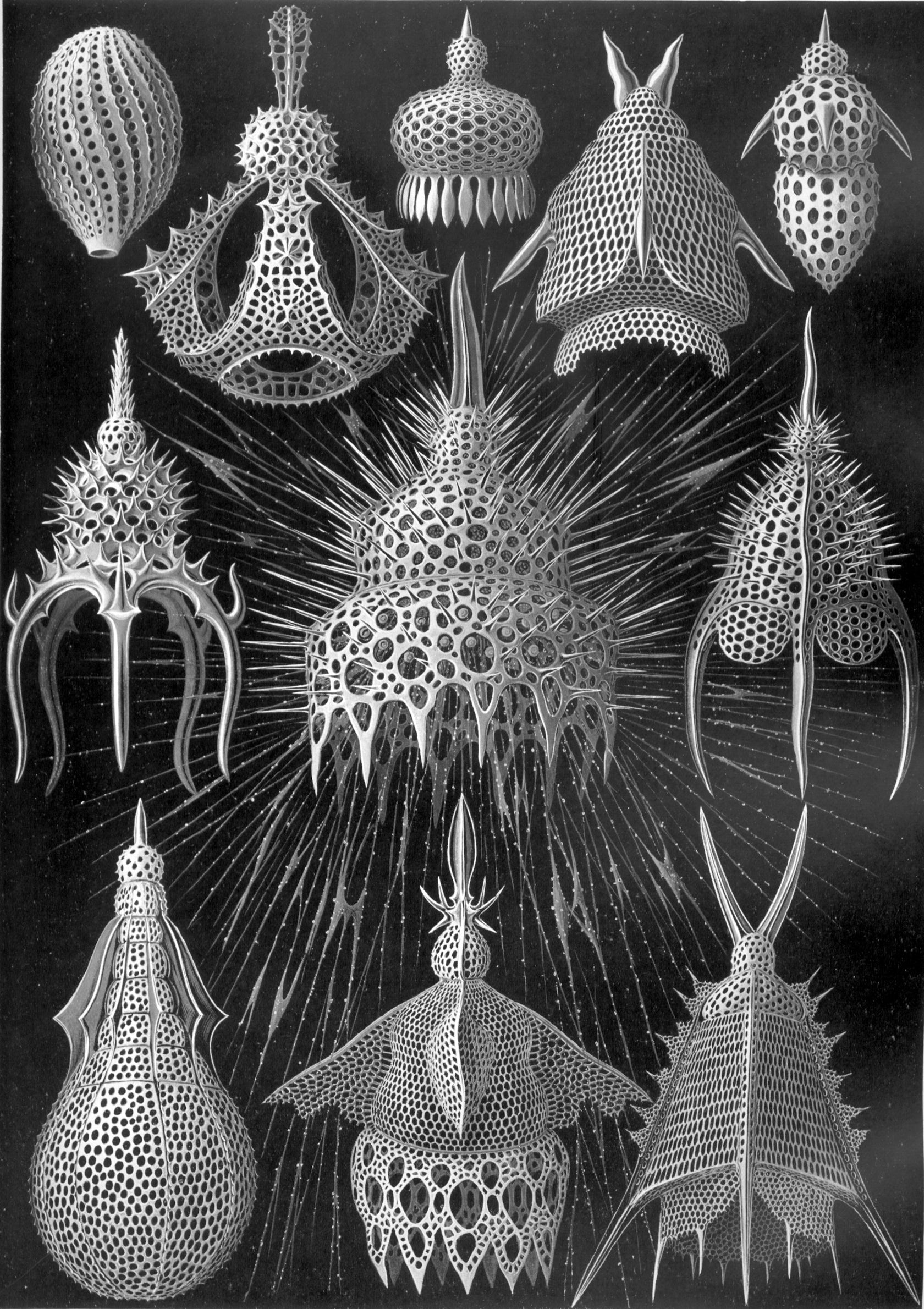
Cyrtoidea – Ernst Haeckel’s illustration of Clathrocanium reginae [top row, second left] and Cyrtoidea Pterocanium trilobum [middle row, far right]. Image via Wiki Commons
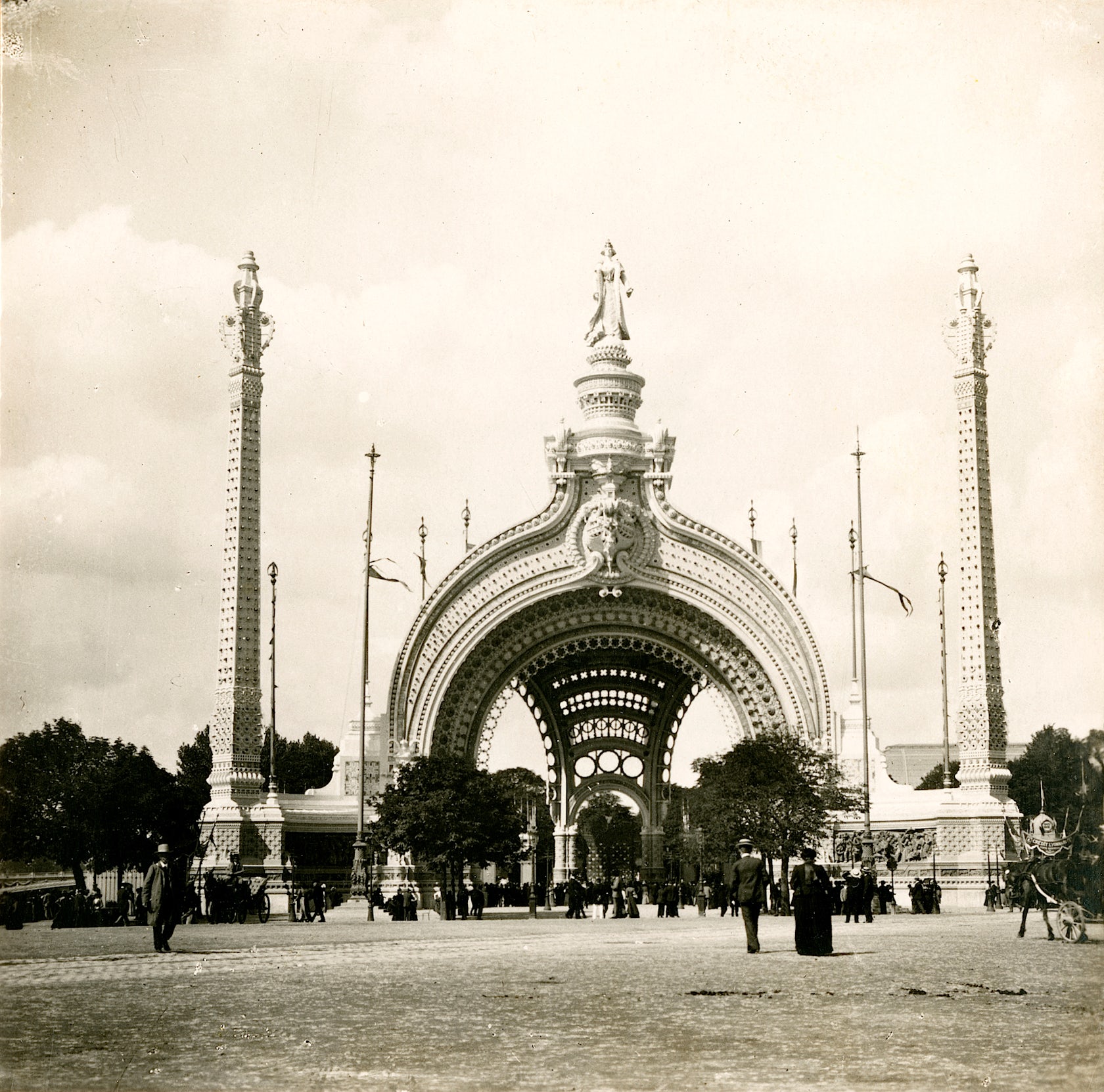
Image via National Gallery of Art
It all started at the 1900 Exposition Universelle (World Fair) in Paris, where Binet’s Monumental Gate had been inspired by Haeckel’s lithographs of a family of radiolaria. Binet believed the Clathrocanium reginae to be the most attractive and appropriate representation of the logic and richness of the tiny shell-like skeletal creatures. In the introduction to Esquisses, Gustave Geffroy proposes that Binet became a precursor of the current trends in parametric architectural design using renderings of natural forms and structures.

The Monumental Gate by Rene Binet. Image via National Gallery of Art
Fast forward to the present, where the term ‘biomimicry’ largely refers to the rigorously functional, performance-oriented analogues of natural phenomena. In his book Performative Skyscraper: Tall Building Design Now, Scott Johnson discusses how 21st-century towers are designed by algorithms that are intended to optimize function and performance, but also happen to create forms that are curvilinear and biomimetic. Contemporary architects design towers inspired not only by biological forms, but also by naturally occurring functions.
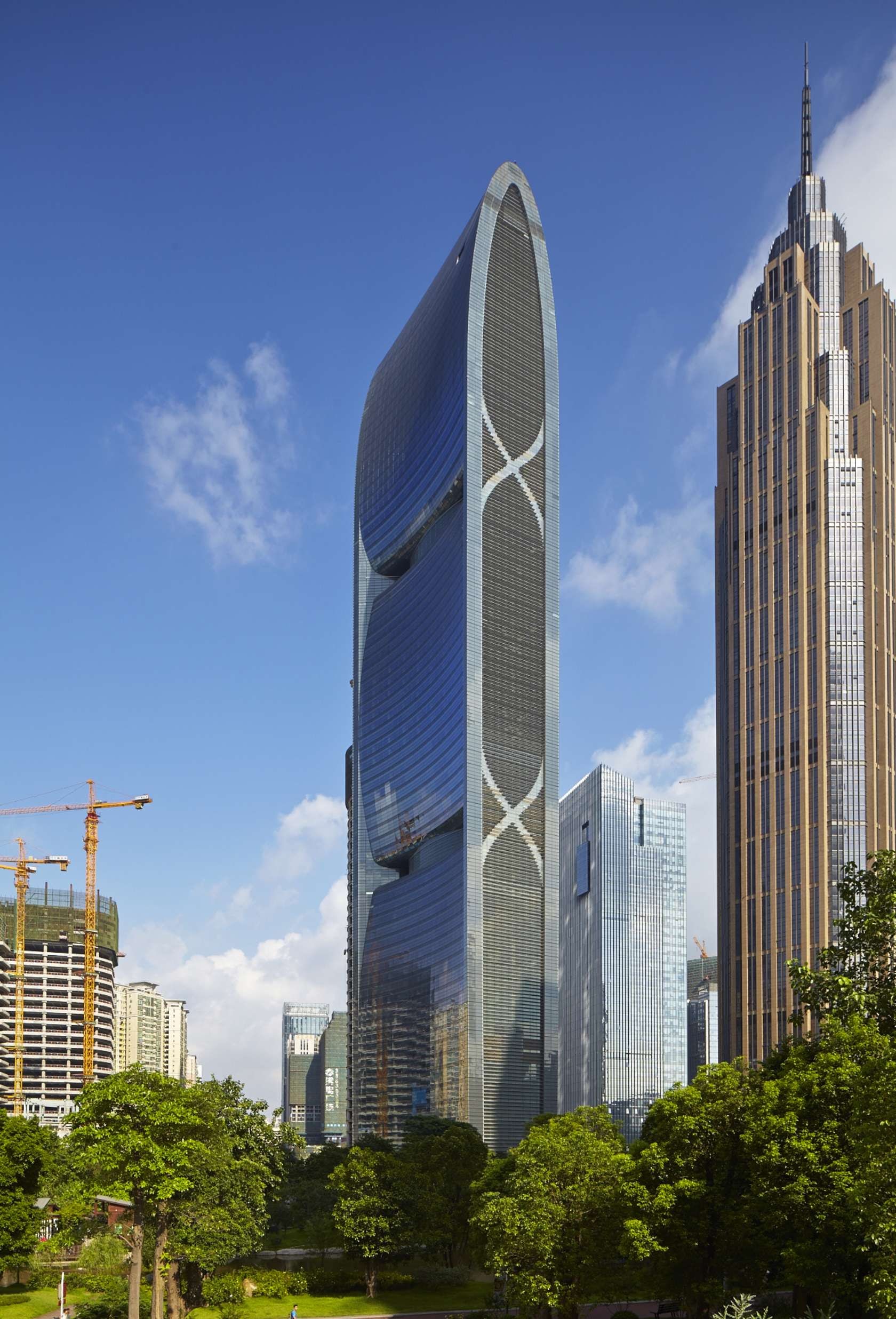
Pearl River Tower by Skidmore, Owings, and Merrill
Zhiming Ye, managing director of the Pearl River Tower in Guangzhou, describes the skyscraper as allowing “nature and mankind to exist in harmony.” To that end, the 71-story tower harvests wind through four apertures on the sculptural southern façade to drive energy-producing vertical axis turbines. While the building does not meet net-zero energy standards, it did earn LEED Platinum, a rare award for such a massive structure.
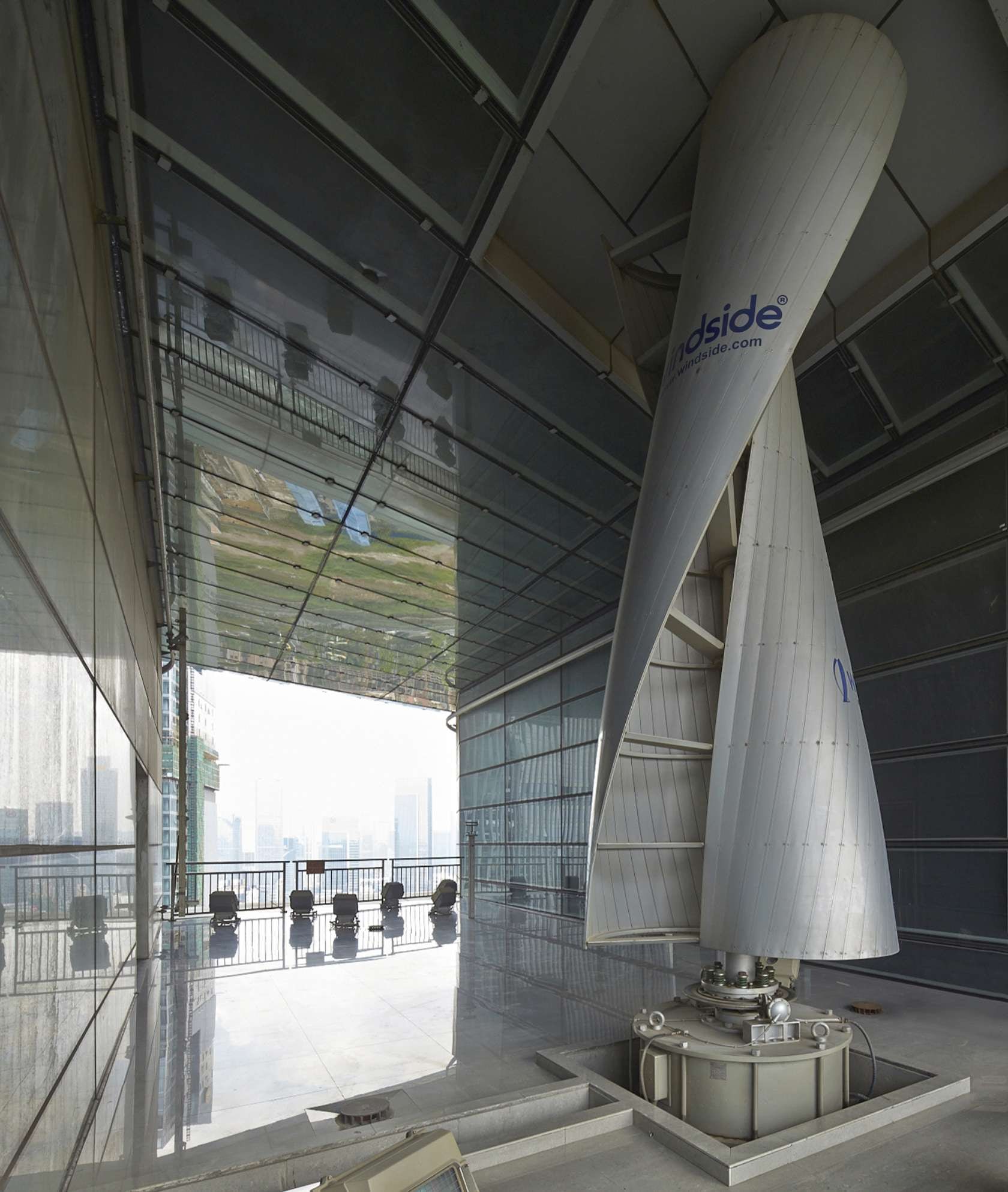
A turbine in one of the four intakes in the Pearl River Tower.
But what makes the Pearl River Tower biomimetic? Roger Frechette of SOM’s Performative Design Group was reportedly inspired by the sea sponge, which feeds by pumping water through its porous body. The leap of imagination — from aquatic creature to sleek supertall — has yielded impressive results: The Pearl River Tower is widely recognized as a truly innovative energy-efficiency skyscraper.
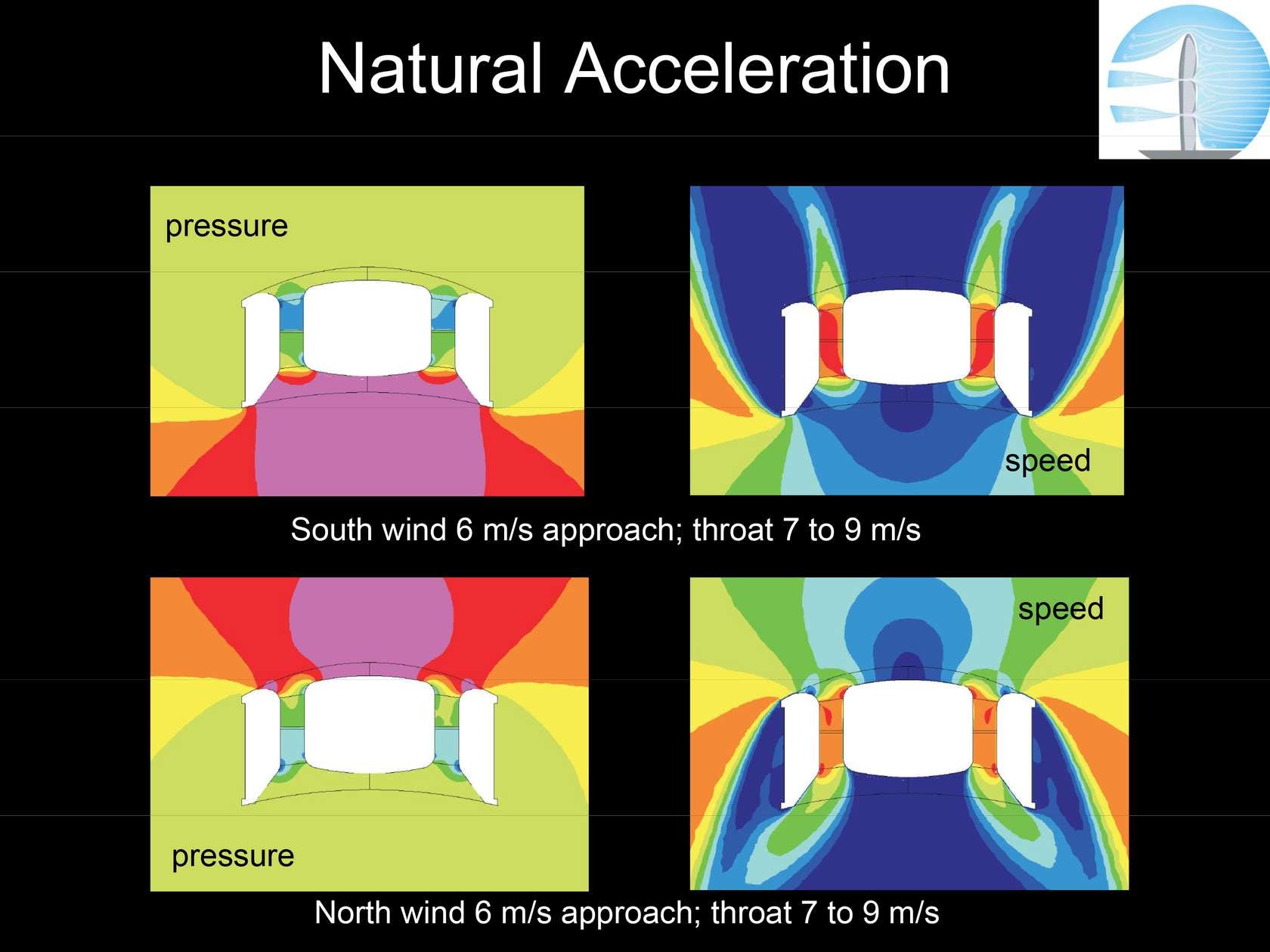
CDC modeling used to designed the shape of the ducts to accelerate the speed of the wind to increase the potential of energy generation by the turbines.
The dialogue between architecture and nature was, is, and will continue to grow richer as we gain a deeper understanding of the world around us and how its systems might be adopted in different scales and applications. From the purely aesthetic Art Nouveau motifs of Binet’s Monumental Gate to the turbines of SOM’s high-performance Pearl River Tower, biomimicry takes many forms, predictable or otherwise. We look forward to seeing what the future holds for architecture inspired by nature.
Hat-tip to Data Is Nature
